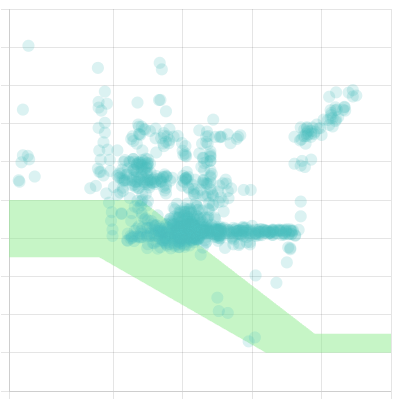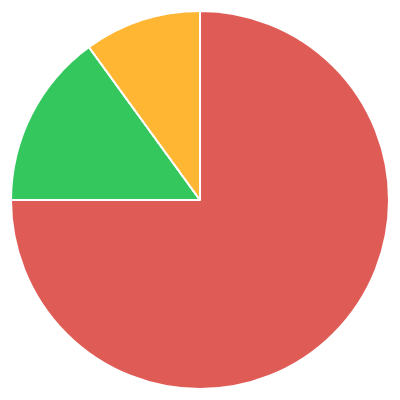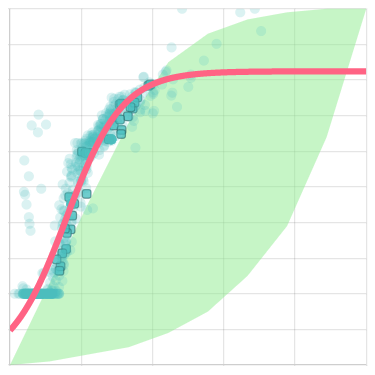EDC Building | Virtual Meters | Energy Use
Energy Use
The Energy Use chart compares the energy use under the existing state of operations (As-is) and the proposed energy use under optimal and fault-free operations (Corrected). This comparison can be used to assess the effects and magnitude of addressing HVAC faults and prioritize fault-correction efforts that most impact energy use. Energy use is disaggregated into three main end-uses: system-level heating, zone-level heating, and system-level cooling energy use. Focus fault-correction efforts to end-uses with greater energy Savings Potential.
Excessive system-level heating energy use may stem from deficiencies in the sequences of operation (i.e., soft fault) and/or mechanical faults with the heating coil valve or dampers (i.e., hard fault).
For example, a non-functional or absence of a supply air temperature reset policy may lead to increased operating time in an AHU's economizer mode during the heating season - increased outdoor air intake may lead to higher heating energy use. Inappropriate or lack of a weekly
AHU schedule may lead to the AHU operating outside typical occupied hours, resulting in unnecessary and excessive heating energy use.
A faulty heating coil valve or heating coil may also result in excessive heating energy use. Leaks, resulting in reduced heating efficiency, may lead to increased heating energy use. An uncalibrated mixing box damper which may lead to unintentionally higher outdoor air intake
would also result in higher energy use.
Excessive zone-level heating energy use may stem from...
We're working on this! Please check back later.





